WATERSHED MANAGEMENT PLAN
Plans for the Illinois River Watershed in Arkansas and Oklahoma
Upper Illinois River Watershed
The Upper Illinois River watershed is defined for this plan as the Arkansas portion of the eight (8)-digit hydrologic unit code (HUC8) 11110103, Illinois watershed. The Upper Illinois River watershed encompasses 758 square miles in northwestern Arkansas (Figure 2.1). A number of cities are located within the watershed, including Fayetteville, Gentry, Prairie Grove, Rogers, Siloam Springs, and Springdale. The largest towns are located along the eastern watershed boundary, Rogers, Springdale, and Fayetteville. US Highways 62 and 412, and Interstate 49, cross the watershed.
The Illinois River originates near Hogeye, Arkansas in Washington County. The river flows westerly, crossing the Ozarks of northwest Arkansas and into Oklahoma approximately five (5) miles south of Siloam Springs, Arkansas, near Watts, Oklahoma. The river continues southwesterly in Oklahoma to Lake Tenkiller and eventually flows into the Arkansas River near Gore, Oklahoma. Other Counties that are part of the watershed are Benton and Crawford Counties (Table 2.1). Washington County accounts for 60 percent of the watershed, and Benton County accounts for 40 percent of the watershed.
The Upper Illinois River is one of the 12 Nonpoint Source Program priority watersheds designated by Arkansas Department of Agriculture’s Natural Resources Division (Natural Resources Division) in the 2022 (Nonpoint Source Management - Arkansas Department of Agriculture).
There are stream reaches in the watershed that are included in the approved 2018 state impaired waters list (303(d) list) due in part to pollution from nonpoint sources. The update to the Upper Illinois River Watershed Management Plan was initiated in response to the changing landscape of the Illinois River watershed and the current plan was over twelve years old. This updated plan re-evaluates current water quality conditions, re-evaluates target sub-watersheds for implementation of conservation practices, engages existing and new stakeholders, and establishes new milestones for water quality improvement in accordance with US EPA guidance for a nine-element watershed management plan.
Five Category 1 HUC12 sub-watersheds ranked for highest return on investment for conservation practice installation to improve water quality include Moores Creek (11101030102), Lower Muddy Fork (111101030103), Little Osage Creek (111101030302), Lake Wedington-Illinois River (111101030403), and Lake Frances-Illinois River (111101030606). For each Category 1 subwatershed, water quality targets to address nonpoint source pollutants were established. Water quality targets established were for nutrients (i.e., phosphorus and nitrogen), sediment, Escherichia coli, chlorides, and sulfates.
The watershed-based management strategy which considers watershed land use, water quality conditions, and existing and potential pollutant sources, has been approved and accepted by the Arkansas Department of Agriculture - Natural Resources Division and EPA. To meet water quality targets, the Upper Illinois River Watershed Management Plan outlines voluntary conservation practices and anticipated reductions to nonpoint source pollutants. For all six sub-watersheds stakeholders identified between 11 and 16 conservation practices identified for implementation in either rural or urban watersheds, respectively. Voluntary conservation practices range from pasture management techniques such as filter strips and utilization of nutrient management plans to urban practices for stormwater management.
We would like to thank the Arkansas Department of Agriculture - Natural Resources Division and EPA Region 6 for their financial support for the development of this plan. We would also like to thank Philip Massirer, Christina Laurin, Kelsey Criswell, and others at Olsen FTN for their work, among many contributors, in the development of this watershed-based plan for the Upper Illinois River Watershed.
The Oklahoma Watershed Management Plan is expected to be available in mid-2025. It will be posted here once available.

